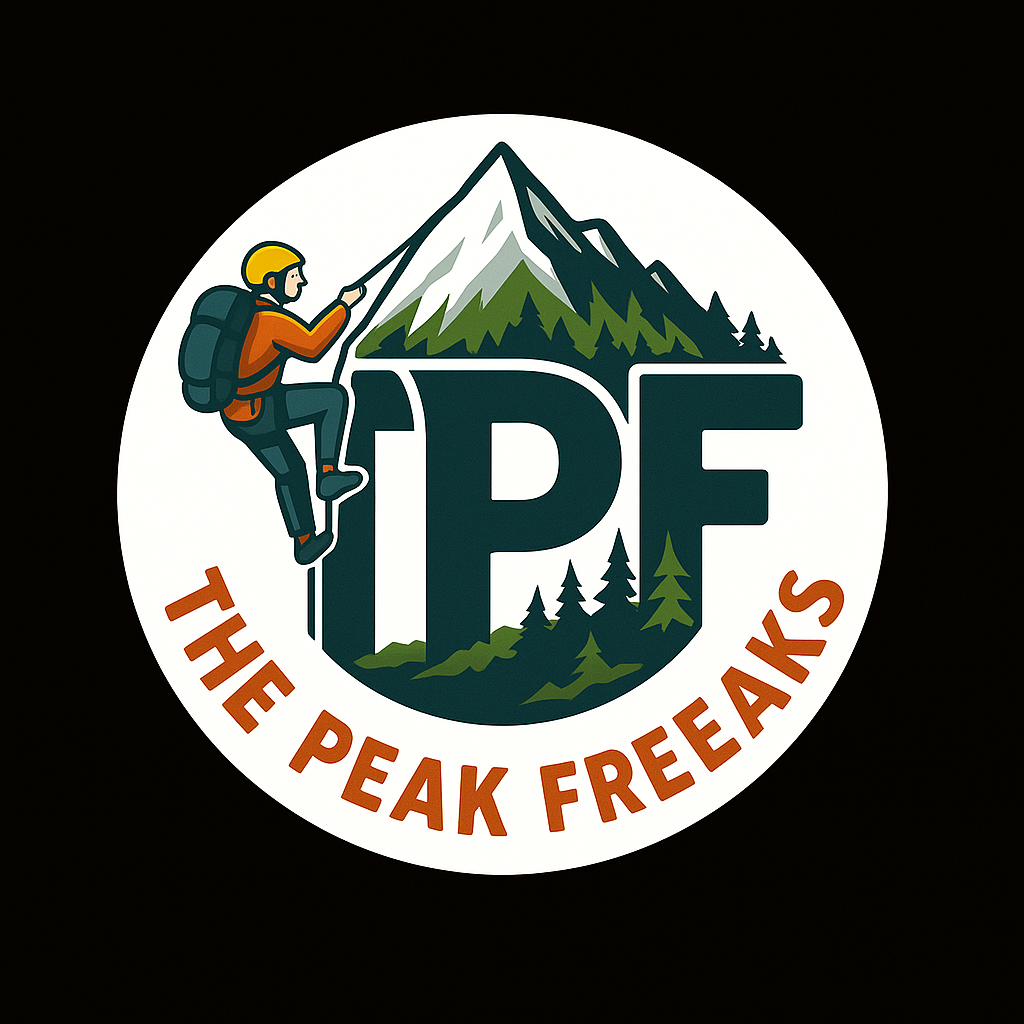in


Hampta Pass with Chandratal Lake – in 2025
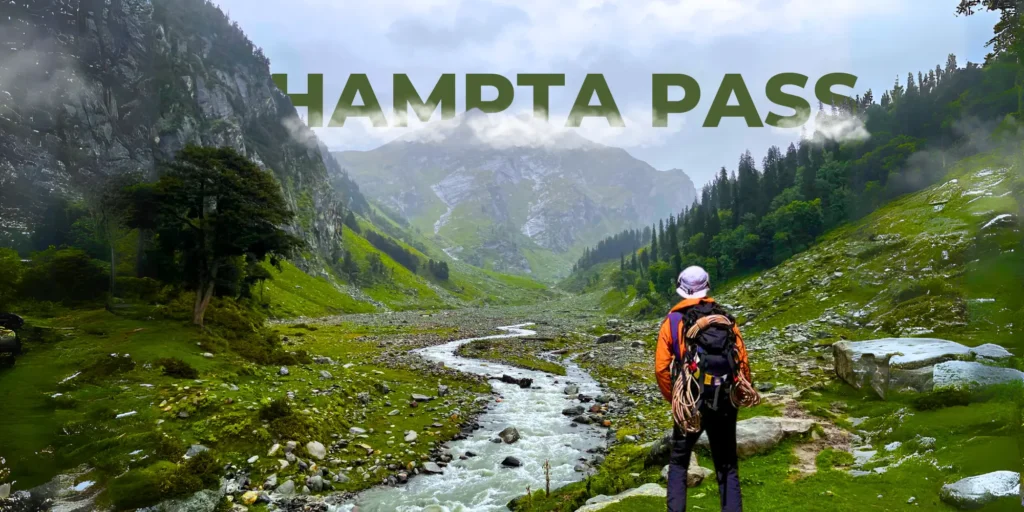
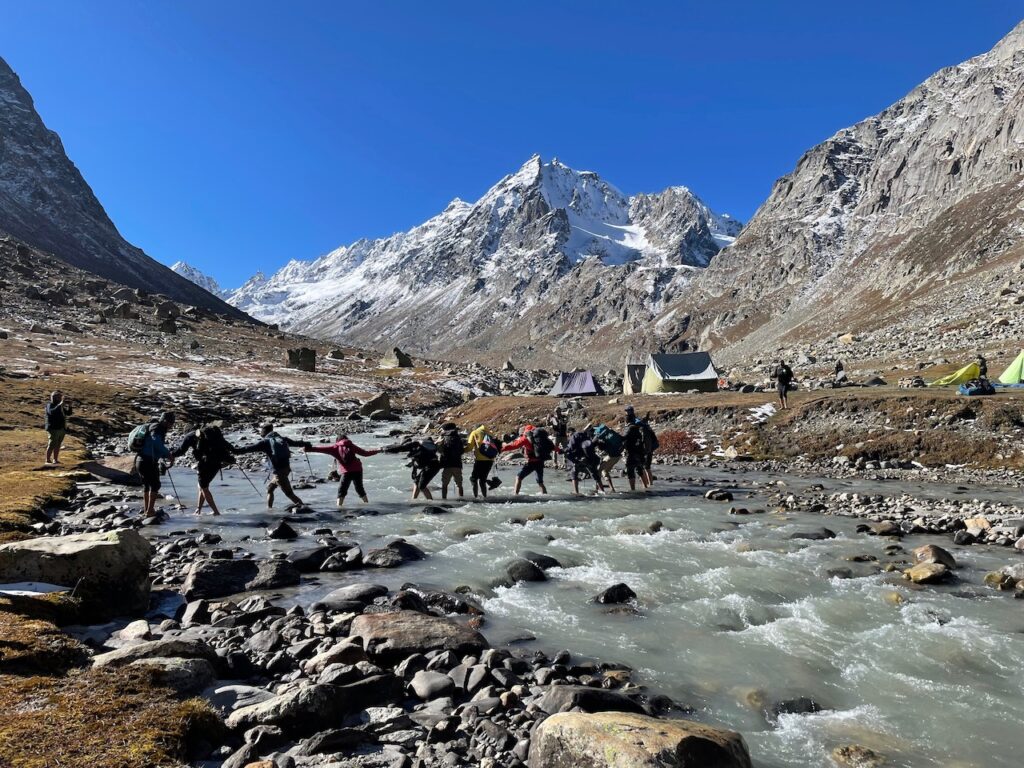
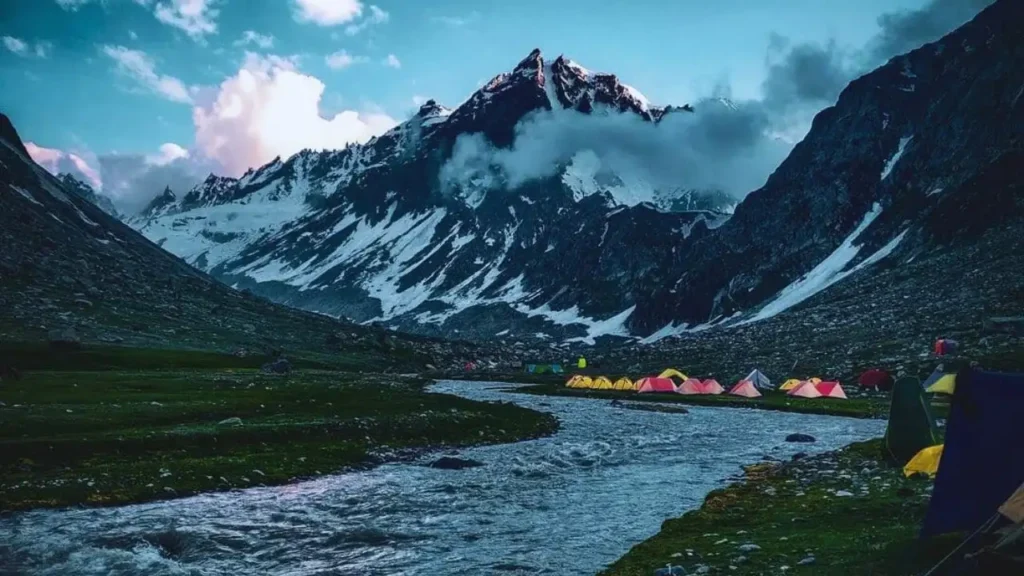
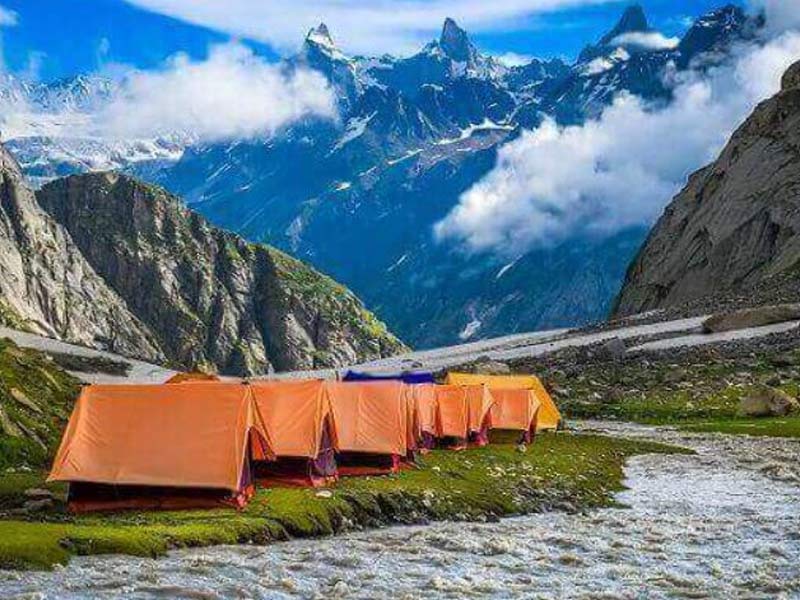
from
(Rs.5,499)
Duration
(5D/4N)
Height
(14,200ft)
Distance
(26 km)
Trek Highlights:
- Altitude: 14,100 ft (approx. 4,298 m)
- Trek Duration: 5 Days / 4 Nights
- Trek Distance: Approx. 26 km
- Pick-up & Drop Location: Manali
- Best Time to Visit: Mid-June to September
Why You’ll Love the Hampta Pass Trek
• Visit the high-altitude gem: Chandratal Lake
• Trek through enchanting forests, meadows, and rugged mountain passes
• Perfect for both beginners and experienced trekkers
• Breathtaking views of Indrasan, Deo Tibba, and other snow-capped peaks
Trek Difficulty Level
The difficulty level of the trek is moderate, making it suitable for beginners with a reasonable level of fitness. The trails include river crossings, steep ascents, and rocky descents, but the overall pace and itinerary are crafted to ensure acclimatization and comfort. Our experienced guides and support team are always there to assist, ensuring your journey is safe, informative, and full of memorable experiences. Each campsite is set in picturesque locations and equipped with warm tents, sleeping bags, and freshly cooked meals to keep you energized throughout.
- Grade: Moderate
- Suitable for beginners with basic fitness
- Involves walking 5–7 km/day on varied terrain
- Includes river crossings, steep ascents, and cold campsite
Hampta Pass Trek – Detailed 5-Day Itinerary
📍 Day 1: Manali to Jobra (Drive) → Trek to Chika
- Altitude: Manali – 6,730 ft | Jobra – 9,800 ft | Chika – 10,100 ft
- Drive: 2 hours (Manali to Jobra)
- Trek Distance: 2 km | Duration: 1.5–2 hours
- Highlights: Forest trail, waterfalls, pine and maple trees, river crossings
Itinerary:
The journey begins with a scenic drive from Manali to Jobra, a small hamlet nestled above the town. After a short safety briefing, we begin our trek towards Chika. The trail meanders through lush green pine and maple forests, gradually opening into expansive meadows with the Rani Nallah (stream) flowing gently alongside. Chika is a peaceful and scenic campsite surrounded by tall cliffs and cascading waterfalls. You’ll spend your first night under the stars here, getting acclimatized to the altitude.
📍 Day 2: Chika to Balu Ka Ghera
- Altitude: Chika – 10,100 ft | Balu Ka Ghera – 11,900 ft
- Trek Distance: 5 km | Duration: 4–5 hours
- Highlights: Wildflowers, meadows, glacier streams, Himalayan views
Itinerary:
After breakfast, we follow the trail along the Rani River. The path offers fantastic views of Dhauladhar snow-capped peaks, crossing boulder fields, wooden bridges, and a few icy streams. The trail turns more rugged as we approach Balu Ka Ghera, a vast plain often covered with snow until early June. “Balu Ka Ghera” means “heap of sand”—believed to be formed by river deposits. The site offers stunning views and is the last green campsite before the barren Spiti terrain.
📍 Day 3: Balu Ka Ghera to Shea Goru via Hampta Pass
- Altitude: Balu Ka Ghera – 11,900 ft | Hampta Pass – 14,100 ft | Shea Goru – 12,900 ft
- Trek Distance: 7–8 km | Duration: 7–9 hours
- Highlights: Summit day, steep ascent to the pass, panoramic views, glacier patches
Itinerary:
This is the most challenging and rewarding day of the trek. We start early for the steep ascent to Hampta Pass. The climb includes navigating snow patches (depending on season), loose rocks, and switchbacks. Once at the top, you’ll be greeted with 360-degree views of snow-covered peaks and the vast Spiti Valley on the other side—a surreal contrast from the greenery left behind. After a short break at the pass, we begin our descent to Shea Goru, a cold desert campsite surrounded by towering mountains. The terrain here starts to resemble the rocky, barren vistas of Ladakh and Spiti.
📍 Day 4: Shea Goru to Chatru → Drive to Chandratal Lake (optional, road condition dependent)
- Altitude: Shea Goru – 12,900 ft | Chatru – 11,000 ft | Chandratal – 14,100 ft
- Trek Distance: 6 km | Trek Duration: 4–5 hours
- Drive to Chandratal: 3–4 hours (one way)
- Highlights: Glacial rivers, Spiti terrain, optional visit to the moon lake
Itinerary:
We descend steadily towards Chatru, a beautiful open campsite in the Spiti region where the Hampta, Rohtang, and Spiti roads meet. The descent involves navigating scree slopes and crossing streams. At Chatru, if the roads are open and weather permits, we’ll drive to Chandratal Lake—a high-altitude glacial lake known for its crystal-clear waters that change colors with the sky. The drive is rugged and thrilling, passing through rugged roads and waterfalls. Chandratal is one of the most beautiful lakes in India, and a visit is the perfect ending to your Himalayan adventure.
📍 Day 5: Chatru to Manali (via Rohtang Pass)
- Altitude: Chatru – 11,000 ft | Manali – 6,730 ft
- Drive Duration: 6–7 hours
- Highlights: Views of Rohtang Pass, Spiti and Lahaul ranges, farewell lunch
Itinerary:
After breakfast at the campsite, we begin our drive back to Manali via the Rohtang Pass (subject to weather). The return journey is filled with jaw-dropping views of high passes, waterfalls, and snow walls during peak season. We aim to reach Manali by evening. You can explore the town or take your return transportation. Your journey ends with new friendships, unforgettable memories, and stories to last a lifetime.
✅ Inclusions — What’s Included in Your Trek Package
At The Peak Freaks, we aim to provide a seamless, safe, and immersive trekking experience. Your trek fee includes:
🏕️ Accommodation:
- Stay in high-quality alpine tents on twin/triple sharing basis during the trek.
- Sleeping bags, foam mattresses, and pillows provided at each campsite.
- Separate kitchen and dining tents at campsites.
🍽️ Meals:
- All meals during the trek – nutritious, freshly prepared vegetarian food (breakfast, lunch, evening tea/snacks, and dinner).
- Clean drinking water (boiled or filtered) available at all camps.
- Meals start with lunch on Day 1 and end with breakfast on Day 5.
👨✈️ Trek Team & Safety:
- Experienced and certified trek leaders and local guides for the entire route.
- Support staff including cook, helpers, and porters for logistics and camp setup.
- First Aid medical kit, oxygen cylinder, and pulse oximeter for altitude monitoring.
- Radio/walkie-talkie for communication where needed.
🧳 Logistics:
- Transportation from Manali to Jobra and Chatru back to Manali in shared vehicles.
- All trekking permits and forest entry fees.
- Mule/porter support for carrying common equipment (tents, kitchen gear, etc.).
💼 Other Perks:
- Pre-trek briefing and orientation in Manali.
- Basic hygiene kit at camps (toilet tents, wash basins, etc.).
- Access to emergency backup vehicle at Chatru (subject to availability).
- Certificate of completion at the end of the trek.
❌ Exclusions — What’s Not Included
While we cover most essentials, a few things are not included and need to be arranged by you:
🚐 Transport:
- Travel to and from Manali from your city/home (bus/train/flights).
- Any personal cab or private vehicle bookings for early return or side visits.
🥾 Personal Equipment:
- Trekking gear like shoes, jackets, poles, gloves, and backpack (can be rented).
- Personal medicines, sunscreen, lip balm, and toiletries.
- Power bank, headlamp/torch with extra batteries.
💰 Other Costs:
Tips/gratuity for guides, cooks, or staff (optional, but appreciated).
Any costs arising due to delays, natural calamities, roadblocks, or medical emergencies.
Hotel stay in Manali before or after the trek.
Snacks, bottled water, or beverages not included in group meals.
Charges for visiting Chandratal Lake (if roads are closed or need private vehicle).
🧳 Things to Carry for Hampta Pass Trek
Packing smart is key for a safe and comfortable Himalayan experience. Here’s your complete checklist:
🧥 Clothing (Layering is essential)
- 2 full-sleeve quick-dry t-shirts (one for trek, one spare)
- 1 light fleece jacket or pullover
- 1 heavy down or padded jacket (for high-altitude cold)
- 2 pairs of trekking pants (preferably quick-dry; avoid jeans)
- Thermal innerwear (top & bottom) – 1 pair
- 3 pairs of woolen/trekking socks + 2 regular socks
- 1 woolen cap + 1 sun cap or hat
- 1 pair of gloves (1 woolen, 1 waterproof if possible)
- Raincoat/poncho (a must for sudden showers)
- Buff or scarf (for neck/head protection)
🥾 Footwear
- Sturdy trekking shoes with good grip and ankle support (already broken-in)
- 1 pair of slippers/sandals for campsites
🎒 Bags
- 1 backpack (50–60L) with rain cover
- 1 daypack (10–15L) for water, camera, and essentials (if you’re offloading main bag)
🧼 Toiletries & Hygiene
- Toothbrush, toothpaste, face wash
- Biodegradable soap or wipes
- Quick-dry towel
- Toilet paper & tissues
- Hand sanitizer, lip balm, moisturizer, and sunscreen (SPF 50+)
- Menstrual hygiene products (if applicable)
💊 Personal Medications & First Aid
- Personal medication (if any)
- Basic medicines: Crocin, Combiflam, Avomine (motion sickness), Digene, ORS, antiseptic cream
- Band-aids, crepe bandage, cotton, Dettol
- Diamox (only after consulting your doctor) for altitude sickness
🔦 Accessories
- Headlamp/torch with extra batteries
- Sunglasses (UV-protected, wraparound preferred)
- Water bottle (1L) or hydration pack
- Energy bars, dry fruits, ORS packets, glucose
- Trekking pole (optional but helpful for beginners)
📱 Miscellaneous
- Power bank (mobile charging is not available on trail)
- Camera/GoPro (optional)
- Small notebook & pen (for journaling)
- Identity proof (Aadhaar card or passport photocopy)
⚠️ Important Trekking Tips
Make the most of your Himalayan adventure with these helpful tips from The Peak Freaks team:
🧠 Before the Trek
- Prepare physically: Cardio, squats, and leg strengthening exercises 3–4 weeks before the trek.
- Avoid alcohol and smoking at least 1 week before — they affect your oxygen levels.
- Get a medical check-up if you have existing health conditions or are above 45.
🌄 During the Trek
- Hydrate constantly — drink at least 3–4 liters of water daily.
- Pace yourself — slow and steady wins the mountain! Avoid racing ahead.
- Don’t skip meals — your body needs fuel for high-altitude hiking.
- Inform your trek leader immediately if you feel dizzy, breathless, or nauseous.
🛑 Safety & Environment
• No littering — keep the Himalayas clean. Use waste bags for wrappers or plastic.
• Stay with the group — straying from the trail can be risky.
• Respect the local culture and wildlife — be a responsible trekker.
• Always keep head and ears covered in high winds or cold conditions.
